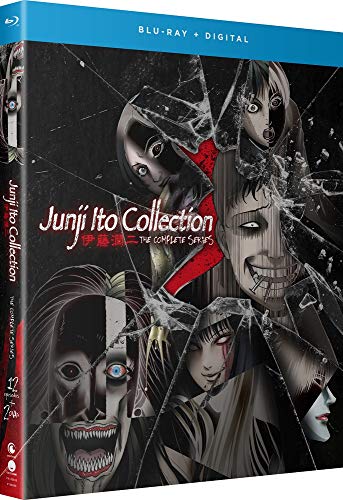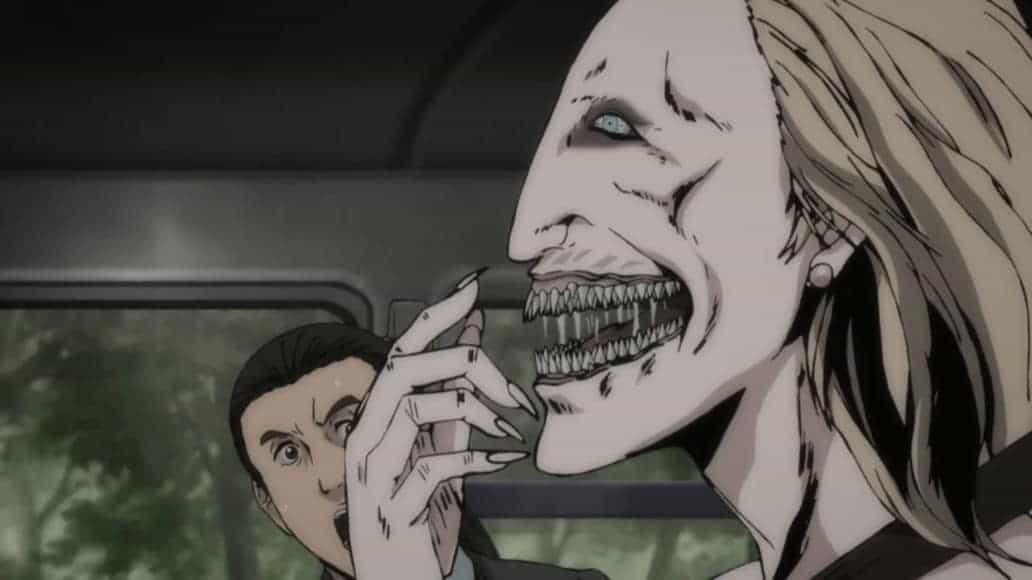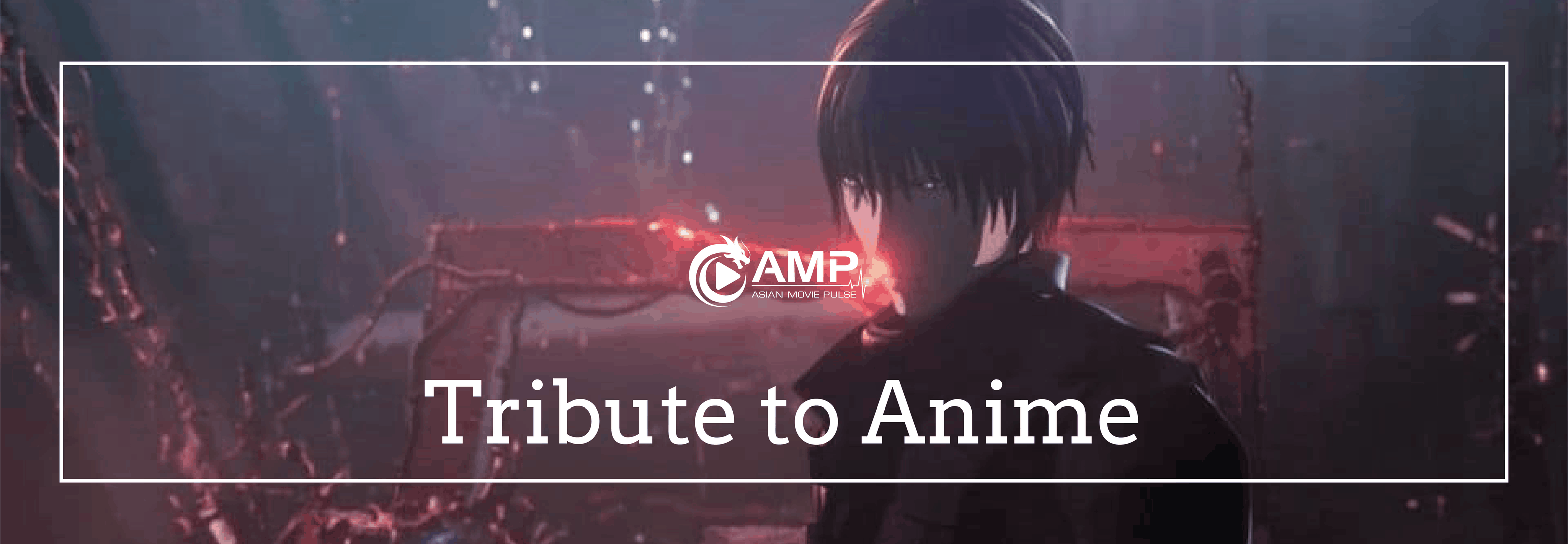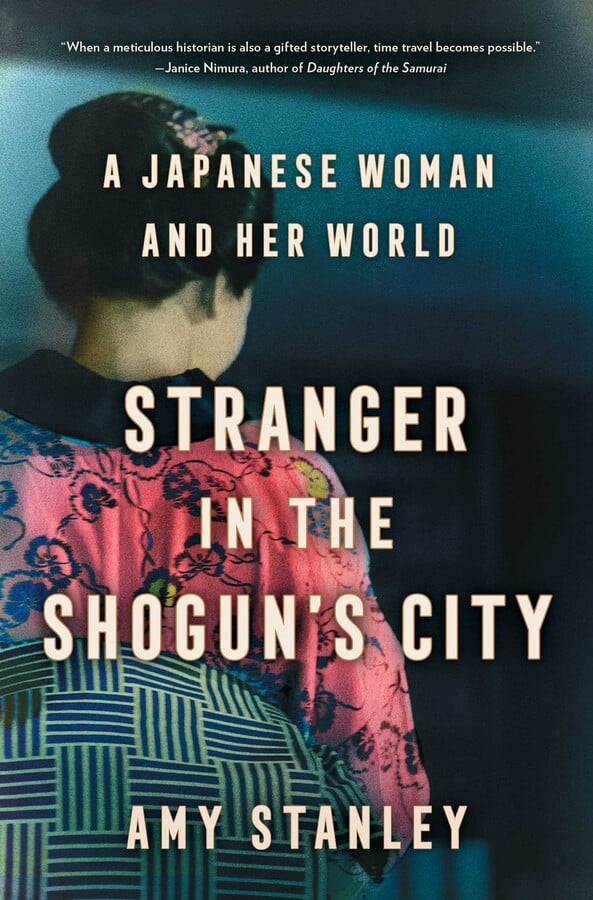Adapting the works of the famous horror mangaka, “Junji Ito Collection” is an anthology series, which showcases both the creator's favorites as well as fan favorites. Animated by Studio Deen, the series was co-produced by Crunchyroll and was broadcasted through the service worldwide in eight different languages. On physical release, it included two OVAs focusing on the character of “Tomie” (Not covered in this review). With some of It's work previously adapted into live action (“Tomie” “Long Dream”) and anime (“Gyo”) to mixed reception, the series collects 24 of Ito's personal favorites, putting them into 12 episodes. The content, although all horror focused, does also contain some fantasy and comedic elements.
Buy This Title

The enjoyment of the segments will depend on the viewer's personal preference, and as a result offers a varied experience. Although Ito's work does have some elements of comedy within his absurd concepts, I am not a fan of his more comedic work. In this way, the inclusion of the character of Soichi for a couple of segments is a bit of a let down, especially with the opening episode containing a larger segment focusing on the character. There is also bound to be some bias for those who have previously read the works of the mangaka. I found myself gravitating towards those particular segments which I had held in high regard from reading the source material. Fans with familiarity with the manga will have a hard time separating themselves from the source material.

The adaptation from manga to anime stays true to Ito's work, almost to a fault. In capturing his work, particular frames are carried over straight into the anime. In this process though, some of Ito's dedication to unsettle the reader is lost, as the mangaka takes a long time on each of his illustrations, hours tweaking the slightest details, in an attempt to draw the reader into his cosmic horror fueled world. This amount of dedication just can't translate to the screen and ultimately feels more like an attempt at fan service. This visual inconsistency becomes apparent when movement is applied to the characters as well, which is awkward and not really fluid. In particular, panoramic shots show the shortcoming of attempting to mimic Ito's style, as in these shots, characters' facial expressions seem unproportioned to what you would expect from contemporary anime styling. Within this critique, there is still a lot of visual appeal within the work, and pausing on certain single frames can still bring up some of the dread that can come with the source material.

The audio in the collection works particularly well, and as a prime example, I will point to the segment “Used Record”, which, given the concept, should have been doomed to fail in the transition. The short focuses around a cursed vinyl, which recorded the voice of a scat singer, after she collapsed while recording. Listening to the track causes an extreme obsession with the record that can turn the listener violent in order to keep the song to themselves. Given that the audio in the manga is left up to the reader's imagination, it is quite an impressive feat that they were able to take this concept, with a decent soundtrack, and keep the foreboding atmosphere outlined in the manga. The voice acting is also well performed. Given that the features are segmented, it is a varied cast with the exception of “The Model” and Souichi. Despite my dislike of Souichi, Yuki Mitsuya does a great job of capturing the playful and mischievous nature of the character. The only shortfall of the production is the voices attached to anything otherworldly, as the strained or booming tones can be a bit more comedic than fear inducing.

As a long time fan of the source material, the “Junji Ito Collection” acts as a great platform for the artist's creative concepts. I hope that this adaptation, which is easily the most successful one of his work, brings new fans into the fold. For those new to the creator's work, there should be emphasis on trying a few episodes, as some of the segments are more likely to connect. Some of my personal favorites include “Long Dream” “Used Record”, “The Circus Comes to Town” and “Greased”.
There lies a fault within adapting horror stories which deal with aspects such as cosmic dread and metaphysical horror. Looking at the most prominent author to work within the genre in H.P. Lovecraft, whose work has been adapted countless times over, it becomes hard to point to any one project which captures the same sense of dread that his books do. Junji Ito's world of horror and concepts rest within the same type of landscape of Lovecraftian horror and you can find many videos and written articles that cover why Ito's work has such a profound effect on the reader. With this in mind, it is not surprising that, within the translation to the screen, the work does lose some of its appeal. Overall, the anime does its best with the source material and still manages to create some daunting and scary moments that should appeal to fans of the manga and horror fans in general.















